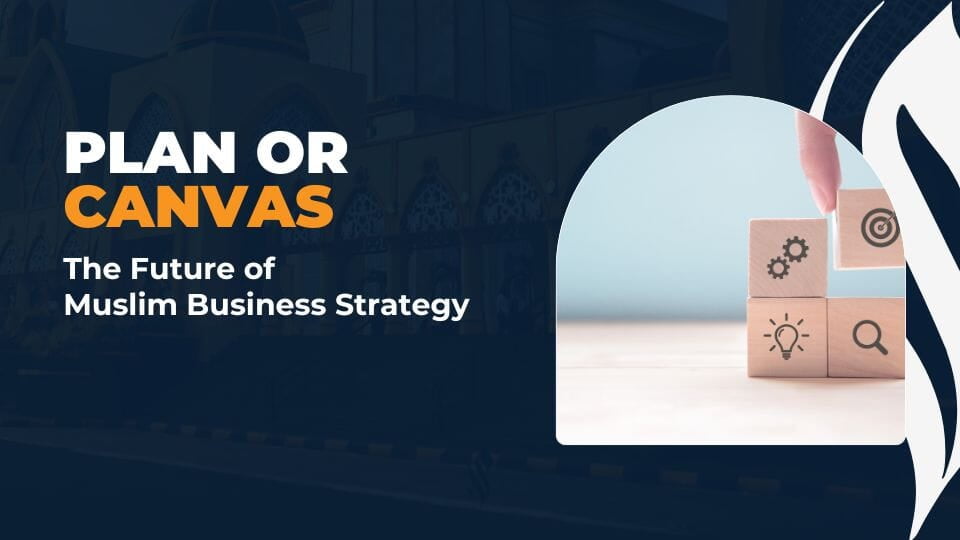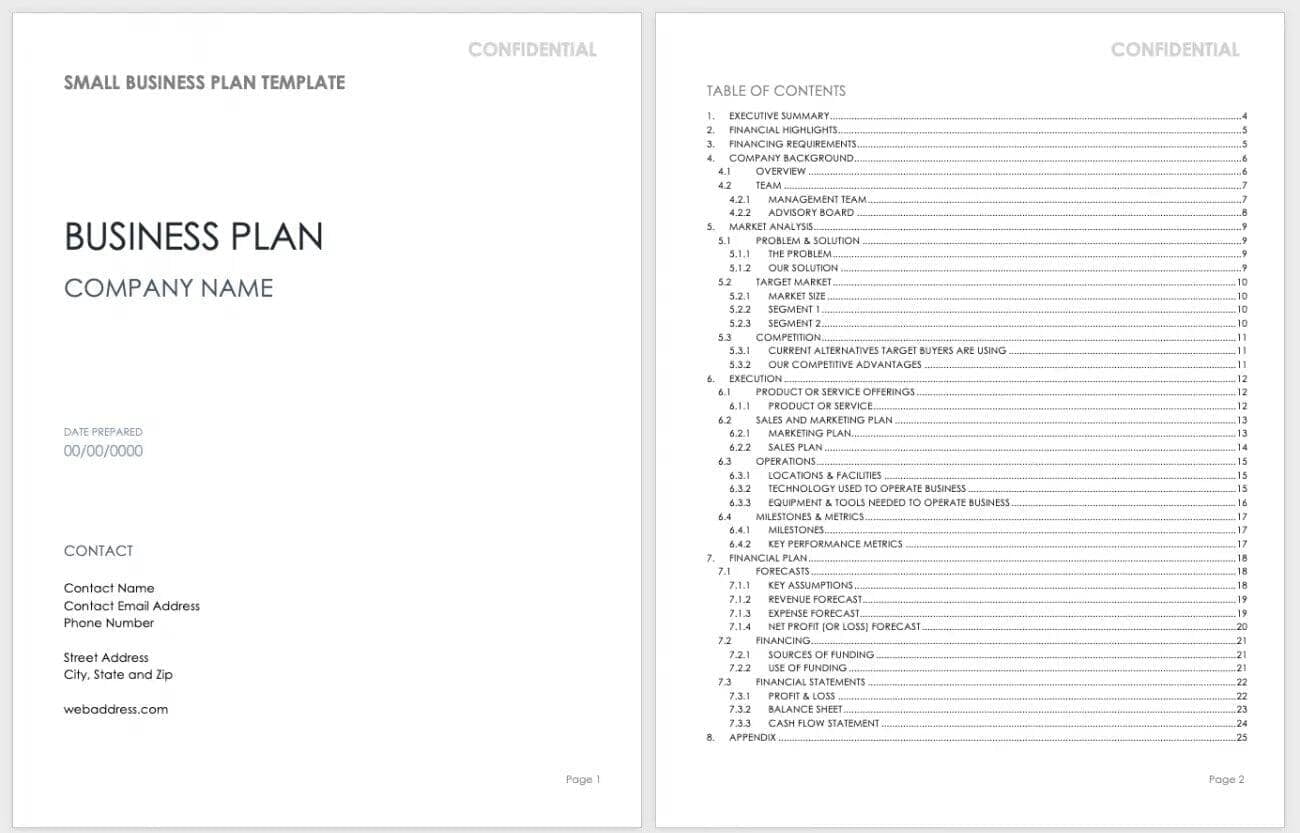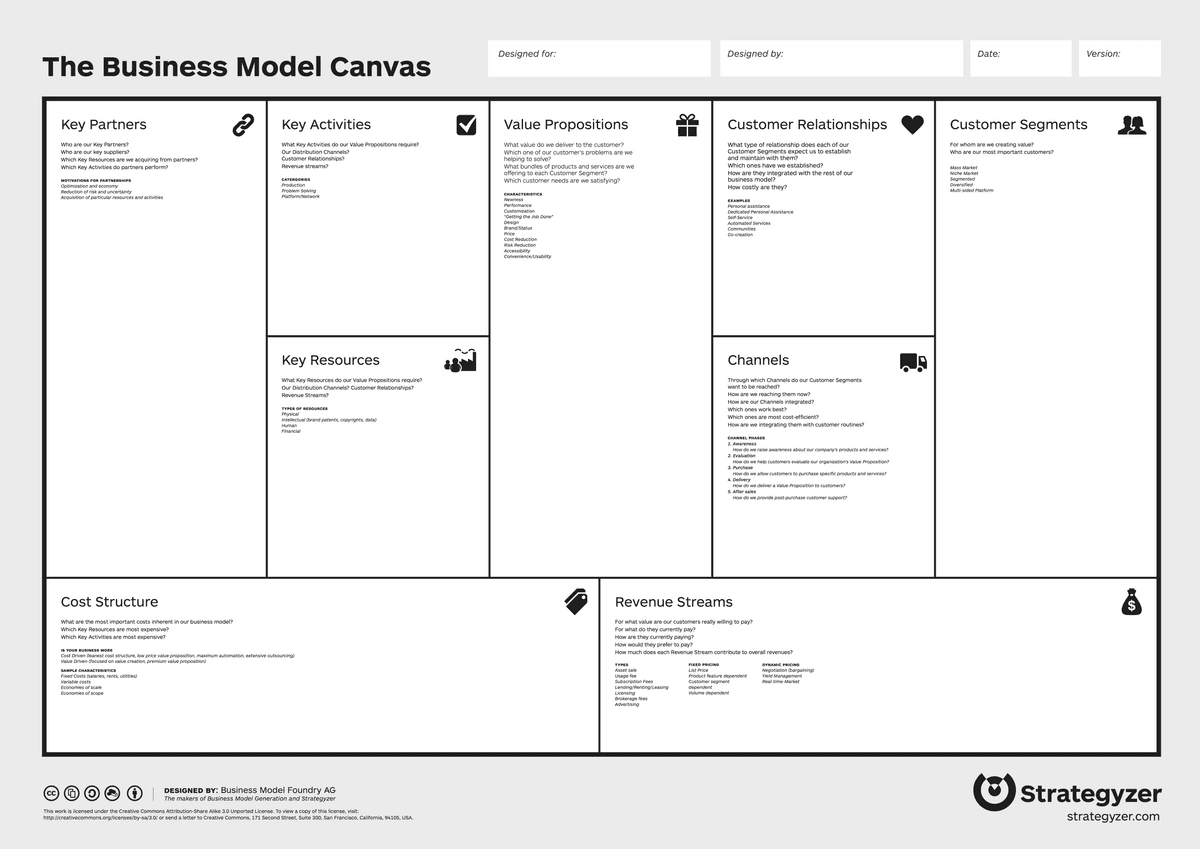
Traditional Business Plan: A Comprehensive Roadmap
Traditional Business Plan: A Comprehensive Roadmap

Traditional Business Plan Structure
Here's a common breakdown of its core structure:
- Executive Summary: A concise overview highlighting your business concept, target market, competitive advantage, and financial projections.
- Company Description: Details your company's mission, vision, legal structure, and management team.
- Market Analysis: Provides a thorough understanding of your target market, industry trends, and competitive landscape.
- Products and Services: Describes your offerings in detail, including features, benefits, and pricing strategies.
- Marketing and Sales Strategy: Outlines your plan for reaching your target market, brand positioning, and sales channels.
- Management Team: Showcases the expertise and experience of your leadership team.
- Operational Plan: Details your business processes, production methods, and logistical considerations.
- Financial Projections: Forecasts your revenue, expenses, and profitability over a set period.
- Appendix: Contains supporting documents like market research data, financial statements, and resumes.
Strengths of the Traditional Business Plan
Weaknesses of the Traditional Business Plan
Ideal Use Cases for the Traditional Business Plan
Business Model Canvas: A Visual Snapshot

Business Model Canvas Structure
1. Customer Segments: Defines the different groups of people or organizations your business targets.
2. Value Propositions: Defines the benefits and solutions your product or service provides to address customer needs.
3. Channels: Defines the communication channels you'll use to deliver your value proposition to customers.
4. Customer Relationships: Defines the types of relationships you want to establish with your customer segments.
5. Revenue Streams: Defines the ways your business will capture value from your customer segments.
6. Key Resources: Defines the essential resources required to deliver your value proposition and operate your business model.
7. Key Activities: Defines the most critical actions your company must undertake to function.
8. Key Partnerships: Defines the external partnerships and supplier relationships critical for your business model.
9. Cost Structure: Defines all the expenses your business incurs to operate.
Strengths of the Business Model Canvas
Weaknesses of the Business Model Canvas
Ideal Use Cases for the Business Model Canvas
Plan or Canvas: Who is the Winner?
MuslimBiz recommends starting with the business model canvas as a springboard for Muslim businesses. In the dynamic and often niche landscape of Muslim entrepreneurship, agility and a focus on value creation are crucial. The business model canvas excels in both these areas, making it a clear winner for Muslim businesses, especially in the crucial early stages.
Here's why the canvas shines:
- Rapid Iteration: Unlike a traditional plan, the business model canvas allows for quick and easy adaptation. Muslim entrepreneurs can test their value propositions with real customers, like the first 10 MuslimBiz suggests. This feedback loop allows them to refine their offerings and ensure they resonate with the Muslim community's specific needs and preferences.
- Focus on Value: The core of the business model canvas revolves around defining the value your business brings to your customer segments. This aligns perfectly with Islamic principles of ethical trade and social responsibility. Muslim entrepreneurs can use the canvas to ensure their venture not only caters to a market gap but also contributes positively to the Muslim community.
- Communication & Collaboration: The visual nature of the business model canvas fosters clear communication within teams and with potential partners. This is especially beneficial for Muslim businesses that might involve collaboration with mosques, community leaders, or other Muslim stakeholders. The canvas allows everyone to be on the same page regarding the venture's goals and target audience.
By starting with the business model canvas, Muslim entrepreneurs can enter the market with a validated concept, a clear understanding of their value proposition, and a foundation for building strong relationships within the Muslim community. This sets them up for success as they move towards developing a full-fledged business plan for securing funding or scaling their operations.
